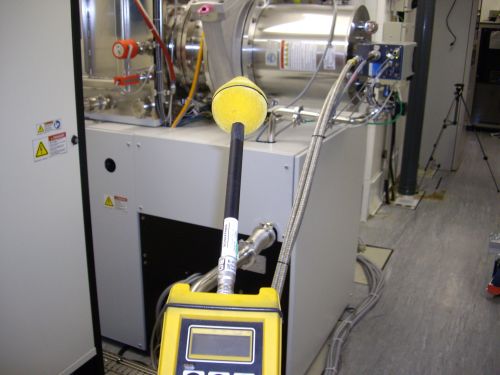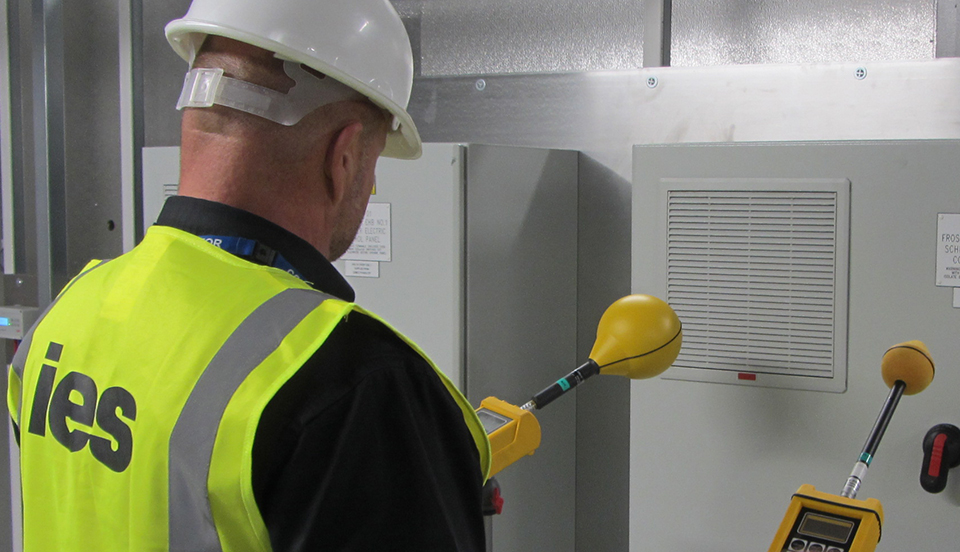EMF Exposure in Manufacturing: What UK Employers Need to Know
If you operate a manufacturing site that uses high current or high voltage applications, you must take electromagnetic fields (EMFs) seriously.
We're actively recruiting for a range of roles across sales, engineering, IT and warehouse. Check our careers page to see open positions including apprenticeships.

Whether you’re moving a single piece of equipment or an entire production line, our trusted team of engineers can support every step of your move, from rigging to end-to-end relocation support across the globe.

3 min read
Admin Jul 23, 2024 12:34:46 PM
Planning to combine a series of complete or partly completed machines to create a single production line?
Here’s how and why the UK Conformity Assessed (UKCA) regulations apply.
Even though each individual piece of equipment will have been UKCA marked by its original equipment manufacturer (OEM) or supplier, when you integrate several individual pieces of equipment into a production line, they form a new system.
And you, as the end user, are responsible for applying the UKCA mark to that new system.
In fact, HSE advises that for the production line as a whole, you must:
This article will run through what your technical file should contain for UKCA marking production lines, and why it’s important.

Your technical file contains all the essential documentation you need to demonstrate your production line as a whole complies with the required UKCA regulatory requirements.
While technical files for individual pieces of manufacturing and R&D equipment will include much more in-depth information on the design, manufacturing and operational safety of the equipment, your technical file for your production line as a whole needs only to include:
Note that production lines made up of manufacturing and R&D equipment require much more extensive documentation than the average piece of equipment. This is due to the risks involved in operating this equipment and the need for more thorough safety assessments.
Below, we’ll run through the key elements your technical should include, as outlined by HSE.
Importing capital equipment into the UK? Here are the key considerations for UKCA marking.
Start with a comprehensive overview of the design of the production line as a whole. This should include:
You should also include detailed designs and drawings of the control systems within your production line—parts that enable you to manage, command, direct and regulate the behaviour of the equipment in the assembly line. As part of this, include:
Finally, illustrate and describe any modifications you’ve made to individual pieces of equipment and their control systems, as well as your reasons behind making these modifications. This should include:

For UKCA marking a production line, you need to include a signed Declaration of Conformity (DoC) for each complete machine that makes up the line.
Each DoC serves as a formal declaration that that equipment has met all requirements and safety directives applicable to your equipment. And it generally should include:
If your production line is subject to the Supply of Machinery (Safety) Regulations, any partially completed machines that can’t function independently and have been incorporated into the line require a signed Declaration of Incorporation (DoI).
Each DoI serves as a formal declaration that each partially completed machine complies with the Supply of Machinery (Safety) Regulations. It generally should include:
Learn more about the requirements for your DoI via the government website here.

Need support achieving UKCA compliance for your production line?
Our start-to-finish UKCA marking service covers every step of the process.
Stay up to date with the latest news and resources from our experts.

If you operate a manufacturing site that uses high current or high voltage applications, you must take electromagnetic fields (EMFs) seriously.

Are you a manufacturer looking to supply a product, equipment or piece of machinery to markets in Great Britain (England, Wales and Scotland)?

As a manufacturer, if you own, operate or control any kind of mechanised work equipment (including appliances, apparatus or installations for use at...